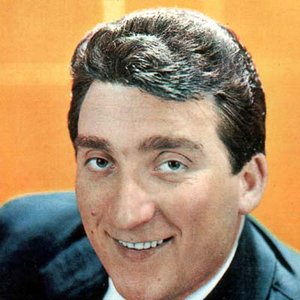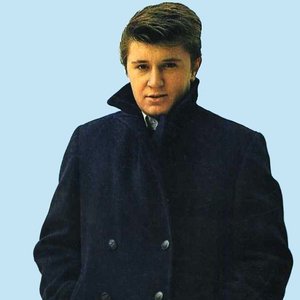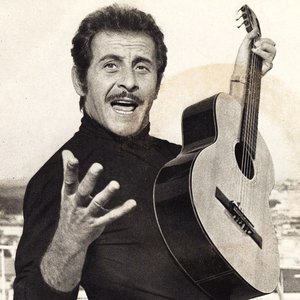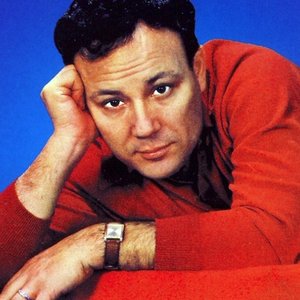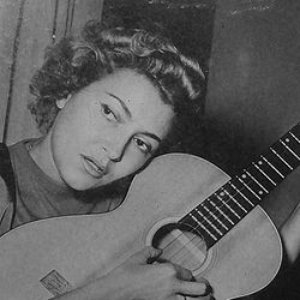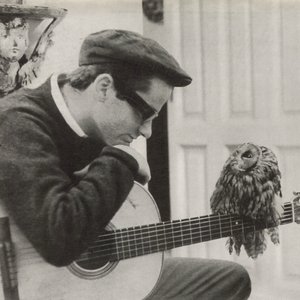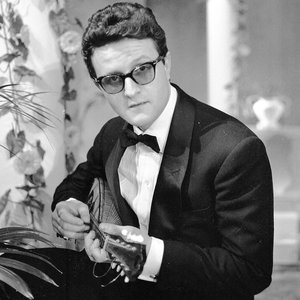Biography
-
Born
11 May 1924
-
Born In
Seggiano, Grosseto, Toscana, Italy
-
Died
20 March 1997 (aged 72)
Born in 1924 (four years after Renato Carosone, and four years before Domenico Modugno) in a family of musicians, Marino Marini graduated from the Conservatorio di Bologna and made a difficult living by teaching music, until called by the army. In 1947, while being appointed artistic director of the Metropolitan music-hall in Napoli, he tried various forms of musical ensembles. However, his posting in that city was for him a revelation: he felt he was re-born to the Neapolitan music, and he dug in that colourful repertoire for his first interpretations.
1949 was the date of his first visit to the USA, where he met Dizzy Gillespie, Stan Kenton and Charley Ventura: this was for him a first hand exposure to be-bop and more generally to the US jazz scene, which was influential in his later style. On his return, he started writing music scores for the film industry and various revues, while playing in cabarets in Rome and Napoli (La Conchiglia) then frequented by GI's and the local rough.
In search for the "ideal" formation, he publishes the following advert in 1954:
" Wanted: young musicians without experience, signing in tune. If not cheerful don't apply" - this advert attracts 200 replies; the retained 3 musicians: Sergio (drums), Toto (electric guitar) and Ruggero (double bass + vocal) formed the first MM quartette. This new formation made a sensation and history started accelerating from that point: of time:
- 1955: first recording with Durium,
- 1956: first appearance on the Italian TV, followed by his first tour in France and booming sales of his first successes: Guaglione, Don Ciccio o' piscatore, Rico Vacilon, La Pansè, Maruzzella.
- 1957: his success crosses the borders of Europe, to include the USA, the Middle East and Japan.
- 1958 was the year of his first tour to the UK London Palladium, as co-star to Jerry Lewis. M. Theodorakis signed him up to collaborate to the film "Honeymoon".
He then made world successes of songs such as: Volare, Ciao ciao Bambina and Marina, culminating in1960, when he won the first and the second price of the Festival di Napoli with: Serenata a Margellina and Uè uè uè che femmena. This was the time that his musicians chose to leave him abruptly – yet, the resilient maestro was ready in 1961 with another quartette, and lost no time in arranging a first tour in USSR, followed by a tour in Poland in 1962.
Marino Marini brought a breath of fresh air to the traditional Neapolitan repertoire, by injecting his own quicker tempo and clearing too many out-of-date "tics". The result was an astonishing cocktail of rejuvenated standards (E' calosce, Stornelli popolari, Palumella, Pulecenella) blended with new compositions with a faster tempo (Serenatella sciuè sciuè, Spingule francese, Io mammetta e tu, La pansè).
His own interpretations of US standards are also remarkable (Premier Bal, Mr Sandman, Lullaby of Birdland) while he also offered fine compositions to the French repertoire (Jacqueline, Chu Chu Bella, Je suis fou de toi). In France, he was instrumental to the stardom of singer Dalida, who interpreted no less than fifteen songs from Marino Marini's repertoire. To a lesser extent, the multilingual singer Caterina Valente was also in debt to him.
In the Italian repertoire, his initial trademark was his fondness for the tarentella rhythm, with an off-beat tempo accentuated by the piano on the second and fourth beat, giving lightness and grace to the music.
Another trademark of the quartette was the import and crossbreeding of music from other countries – or continents. Before importing the twist in Turkey, the cha-cha in Lebanon and the letkiss in Italy, he had made his first success in Italy and France by launching bayons, sambas and cha-chas from South America (Rico Vacilon, Pimpollo), occasionally giving the tunes new Neapolitan lyrics (Don Ciccio o'piscatore, Miguel, Sophia).
In many respects, Marino Marini was also an innovator. He pioneered the echo chamber and multisound effects on stage – many of his interpretations were just as good in the concert hall as in the studio, and this in a period where electronics as we know them today were still in infancy. The now standard formation, consisting of: piano, electric guitar, double bass and drums, has no doubt been rendered popular in the world after Marino Marini's many tours.
However, besides his own excellent compositions (La più bella del mondo, Jacqueline, Tel-Aviv, Palma di Mallorca, Petronio etc…) Marino Marini's major contribution remains that he put the Italian pop songs on the World map, with his interpretations of fellow-Italian composers such as: Renato Carosone (Maruzella), Rocco Granata (Marina) and most definitely Domenico Modugno (Lazzarella, Piove, Volare, and Libero).
Artist descriptions on Last.fm are editable by everyone. Feel free to contribute!
All user-contributed text on this page is available under the Creative Commons Attribution-ShareAlike License; additional terms may apply.


